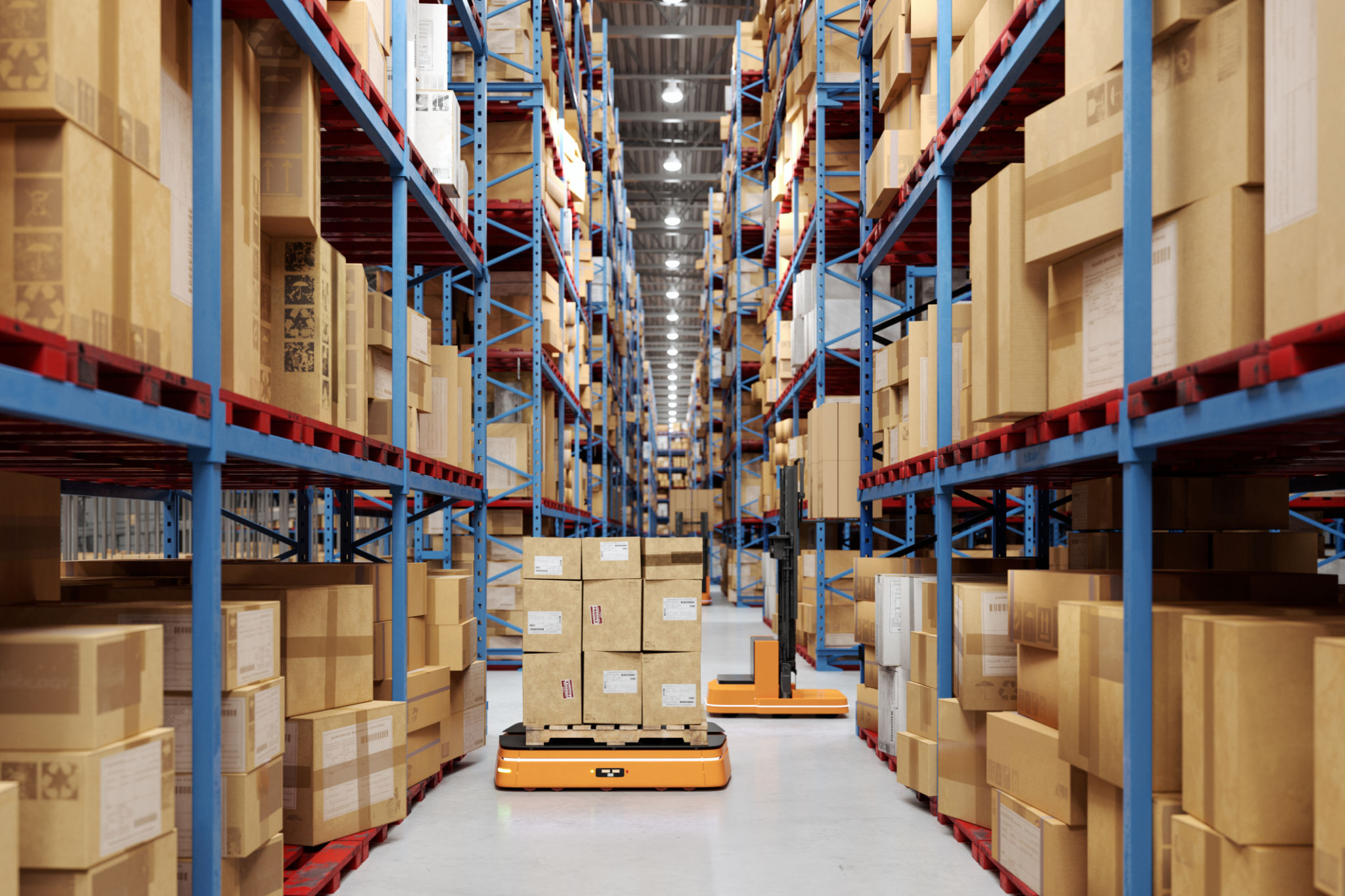Innovative Trends in Industrial Gas Supply
Exploring the Future of Industrial Gas Supply
The landscape of industrial gas supply is rapidly evolving, driven by technological advancements and increasing demands for sustainability. As industries seek more efficient and environmentally friendly solutions, several innovative trends are shaping the way gases are produced, stored, and distributed.

Advancements in Gas Production Technologies
One of the most significant trends in industrial gas supply is the enhancement of production technologies. Companies are investing in more efficient methods to produce gases like oxygen, nitrogen, and hydrogen. Cryogenic air separation and pressure swing adsorption are becoming more prevalent, providing more efficient ways to extract and purify gases from the air.
Additionally, the development of on-site gas generation systems is gaining momentum. These systems allow businesses to produce gas directly at their facilities, reducing dependency on traditional supply chains and minimizing transportation costs. This approach not only ensures a continuous supply but also significantly cuts down on carbon emissions associated with transportation.
Sustainable Practices in Gas Supply
Sustainability is at the forefront of industrial gas supply innovations. Companies are focusing on reducing their carbon footprint by incorporating renewable energy sources into gas production processes. Solar and wind power are increasingly being used to drive the energy-intensive processes involved in gas separation and liquefaction.

Moreover, there is a growing emphasis on carbon capture and storage (CCS) technologies. These systems aim to capture carbon dioxide produced during industrial processes and store it underground, preventing it from entering the atmosphere. This not only aids in meeting environmental regulations but also contributes to creating a circular economy for industrial gases.
Smart Distribution Systems
Industrial gas suppliers are leveraging digital technology to enhance distribution efficiency. The use of Internet of Things (IoT) sensors and advanced analytics enables real-time monitoring of gas storage levels and distribution networks. This data-driven approach allows companies to optimize delivery routes, reduce wastage, and ensure timely replenishment of gas supplies.
Additionally, smart cylinders equipped with tracking devices provide valuable insights into usage patterns and help in managing inventory more effectively. This level of transparency and control ensures that customers receive a reliable supply of gases with minimal disruption.

The Rise of Hydrogen Economy
Hydrogen is emerging as a key player in the transition to cleaner energy sources. Its versatility as a fuel, energy carrier, and industrial feedstock makes it highly attractive. Significant investments are being made to develop hydrogen production technologies, such as electrolysis, which uses renewable electricity to split water into hydrogen and oxygen.
The growing hydrogen economy is expected to play a pivotal role in decarbonizing industries like transportation and manufacturing. As hydrogen fuel cell technology advances, it offers promising solutions for reducing emissions in sectors traditionally reliant on fossil fuels.
Conclusion: A Dynamic Future for Industrial Gas Supply
The industrial gas supply sector is undergoing a transformative phase, driven by technological innovation and sustainability goals. From advanced production methods to smart distribution systems and a burgeoning hydrogen economy, these trends collectively promise a more efficient and environmentally responsible future.
As industries continue to adapt and evolve, staying abreast of these trends will be crucial for businesses looking to optimize their operations and contribute to a sustainable world.
